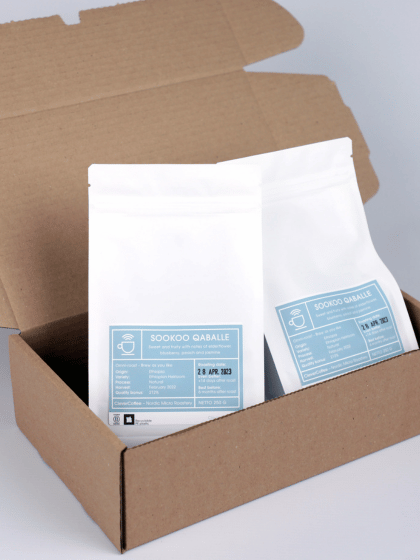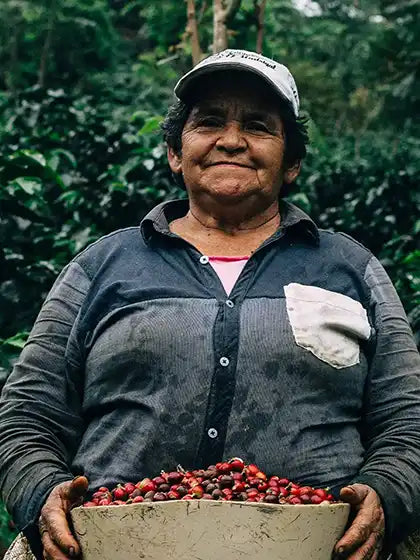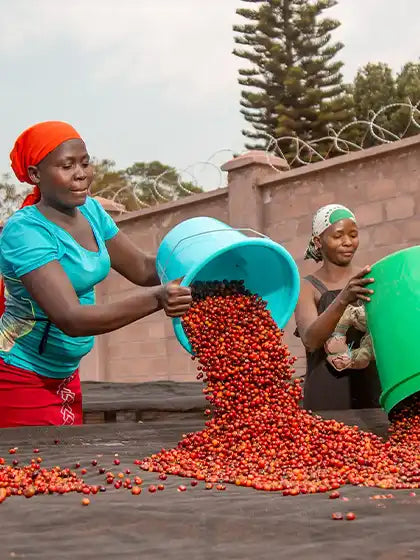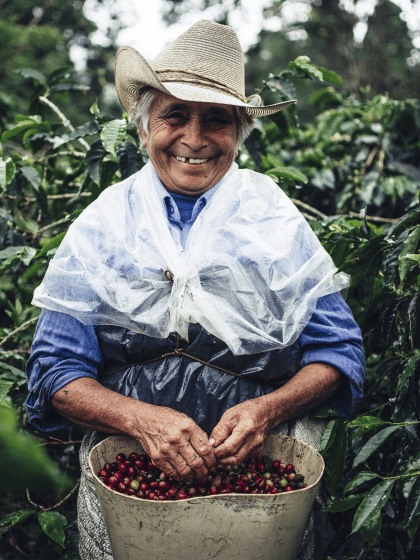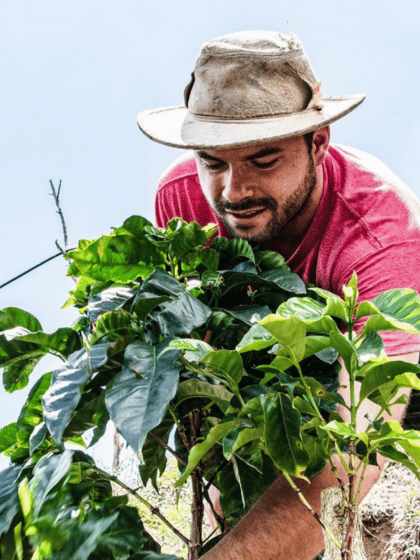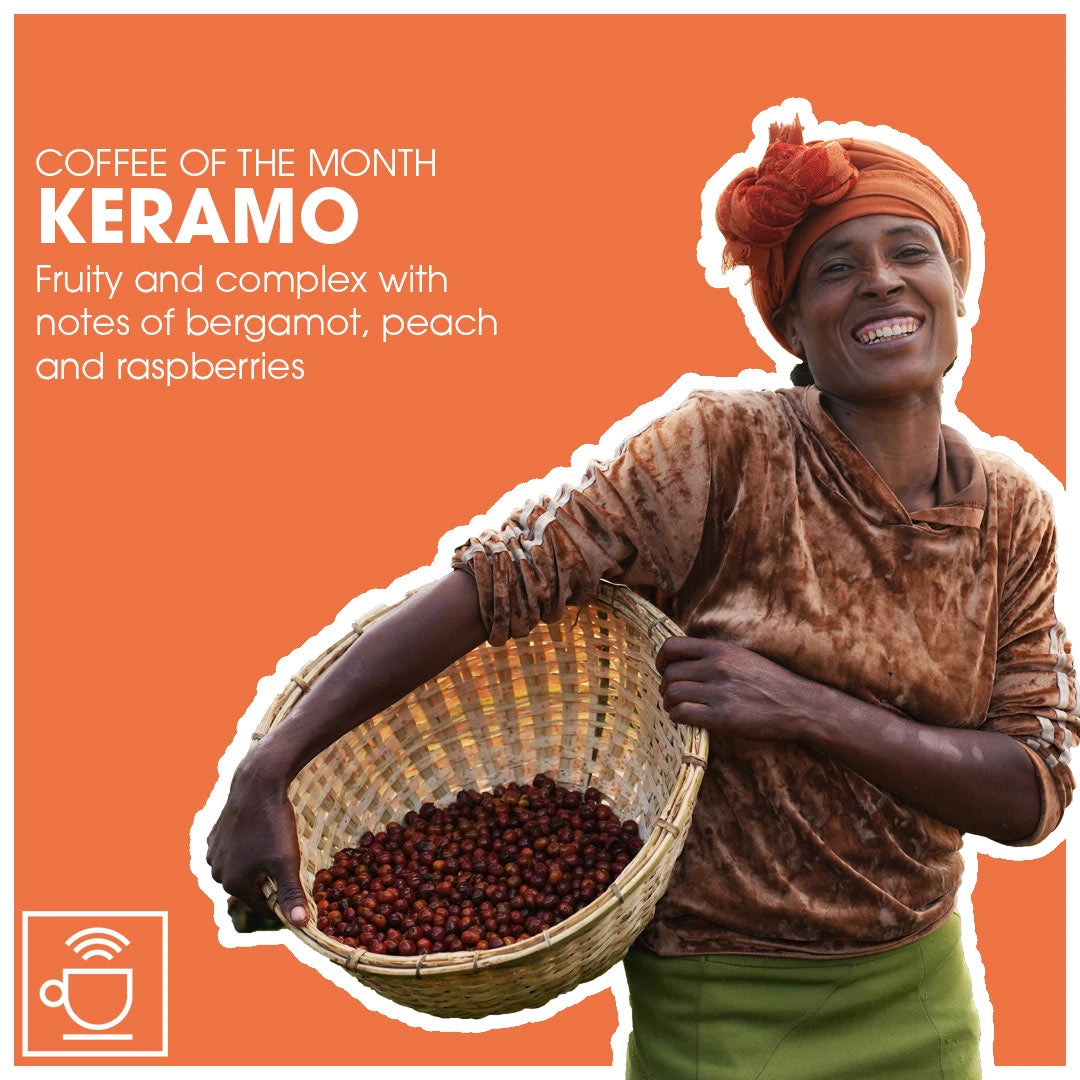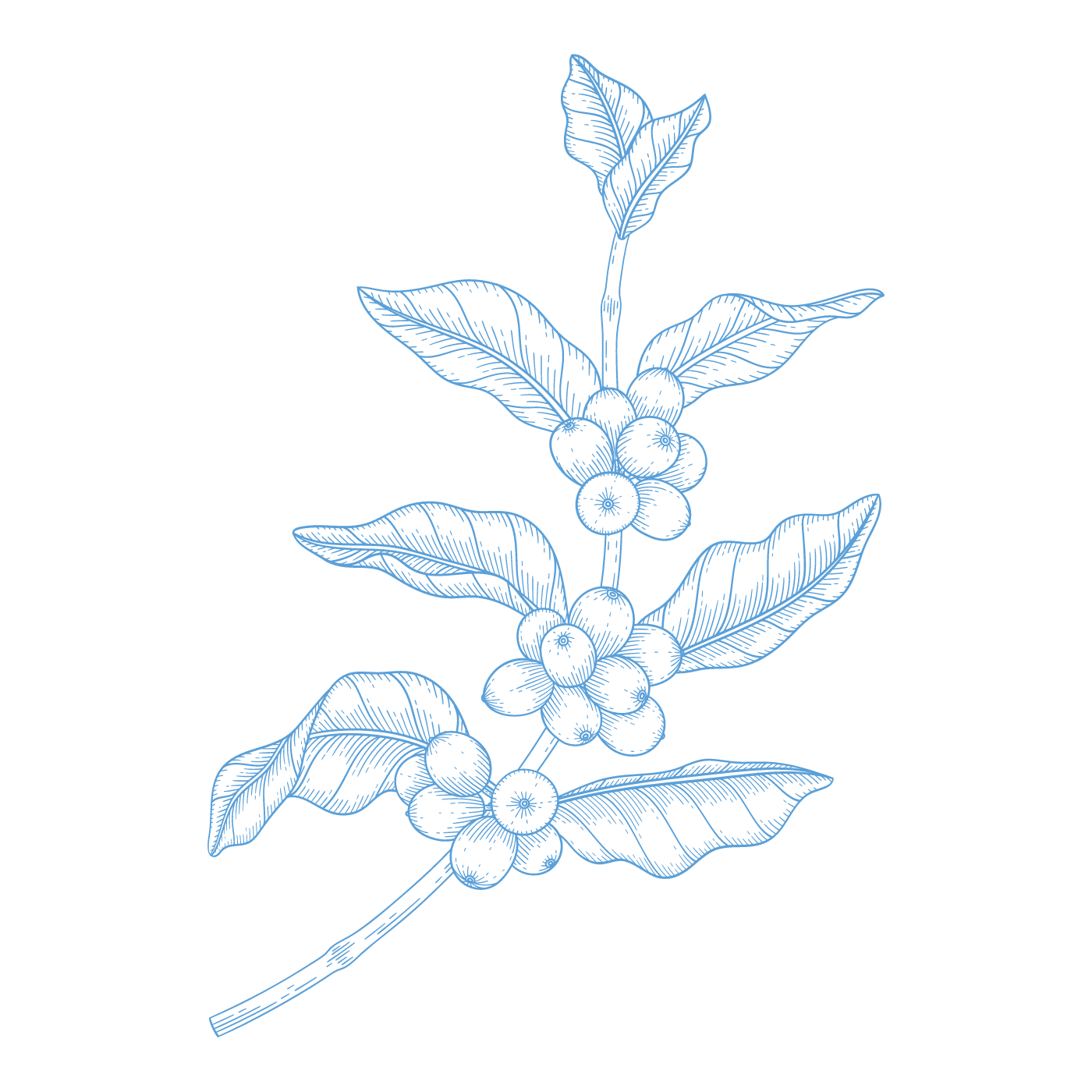
What Exactly Is Cascara?
As you may know, the coffee cherry looks like a cherry with shell, pulp and a core. Cascara is simply the husk (shell) and, depending on the process, the pulp that surrounds the coffee bean itself in dried form. If you look at it from a fruit perspective, perhaps the pulp is actually the most obvious choice to use and not the stone, the kernel or the bean. But the coffee bean and the coffee pulp have different properties and each has its own use.
Cascara's floral and fruity flavour notes are often described as hibiscus, rose hip, cherry, mango and sweet honey with a distinct tartness. It varies according to which type of coffee is used. There have been different perceptions on this, but cascara has low caffeine content, which means that you can easily enjoy it morning, noon and night without fearing for the night's sleep.
Coffee as we know it has a reputation for being an important source of antioxidants in our diet. Cascara is also packed with all the goodness in the form of polyphenols, antioxidants and minerals, which keep our bodies healthy and strengthen our immune system. To that extent, it is an injection of energy of the tasteful kind.
Our Cascara
Cascaritas Farm
We are excited to be able to offer cascara. Not only because it is an exciting food in terms of taste, but also because it can add extra value to the coffee farmer. Win, win!
Our cascara comes from Las Lajas in Costa Rica. It is produced by Oscar Chacón and his family, who, unlike most, consider cascara a valuable product – and you can tell! The cascara is the by-product of the black- and red-honey processed coffees, which gives a deep and fruity flavour profile. We experience intense sweetness, delicate acidity and flavour notes of rose hip and pipe tobacco when we brew the cascara as tea.
Recommended recipe for tea:
- 15 g cascara
- 500 ml of water
Leave to infuse for four minutes

More Than One Name
Tradition, culture and the uses of the coffee cherry have evolved greatly over the centuries since it was first discovered in Ethiopia. From a delicious, energy-rich snack to coffee drinks made from pulp, coffee husks and roasted coffee beans.
In the motherland of coffee, Ethiopia, for centuries the coffee fruit has been sun-dried and roasted until it is almost black and then infused in water. This type of brew is called Hashara or Geshar and has an incredibly intense fruit flavour.
According to historical sources dealing with coffee traditions from Yemen dating all the way back to the 9th century, it was not the coffee beans as we know them today that were brewed. Instead, the coffee husks and coffee fruit were brewed as a tea. Over time, the roasted coffee beans were added to the brew, until the custom became to simply brew on the coffee beans, as most of us do today. In Yemen, the drink brewed on coffee husks is known as Qishr and is made with an infusion of ginger and coffee fruit seasoned with cinnamon, cardamom or cumin. In addition to drinking coffee, in some places you also eat the coffee cherries as a snack.
In Bolivia there is a tradition of a drink called Sultana, where the dried coffee fruits are mixed with sugar, cinnamon and cloves.
Common to all the names of these drinks is that they mean shell, peel or skin in the respective languages.
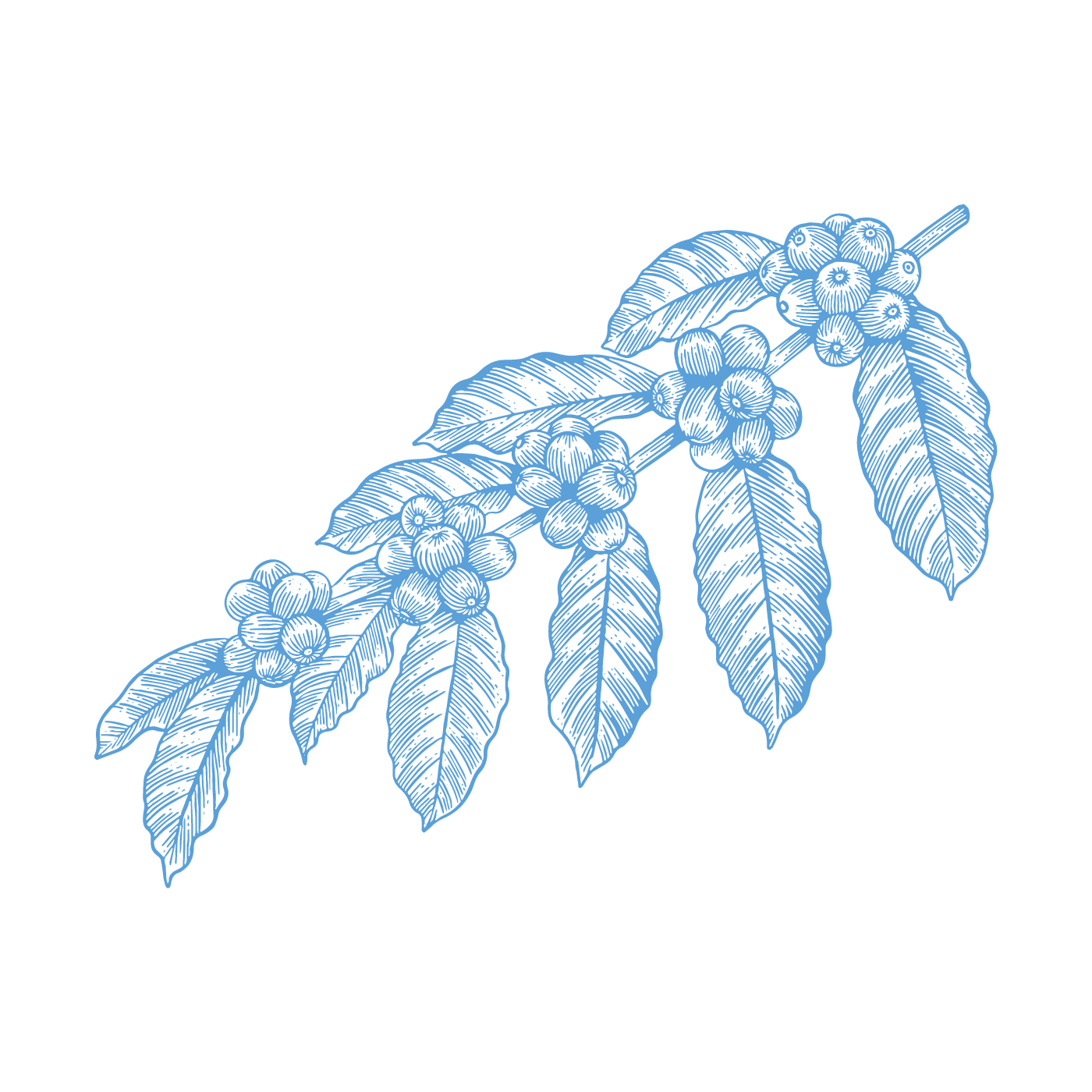
Not Just a Residual Product
A Valuable Resource
Historically, in coffee-growing countries, there has been a practice and culture where all the parts of the coffee plant, from leaves, shell to flower and beans, have been utilised. That knowledge has meanwhile been lost in tandem with the commodification of coffee shaped by international trade over the last hundred years.
In light of climate change and resource scarcity, curious eyes are being turned in food production on how to minimise waste of resources. Cascara is an example of an opportunity to rethink coffee production. This is because it is a residual product that can add real value to both the coffee farmer and the consumer. It is estimated that for 60,000 tonnes of green beans, 218,400 tonnes of cascara are generated.
As people around the world rethink and reconsider organic resources, research has been done in food and the potential of the parts of the product that for many years have been considered useless. In that context, the parts of the coffee plant were scrutinised and explored in relation to chemistry, technology, nutrition, but also food safety and toxicology.
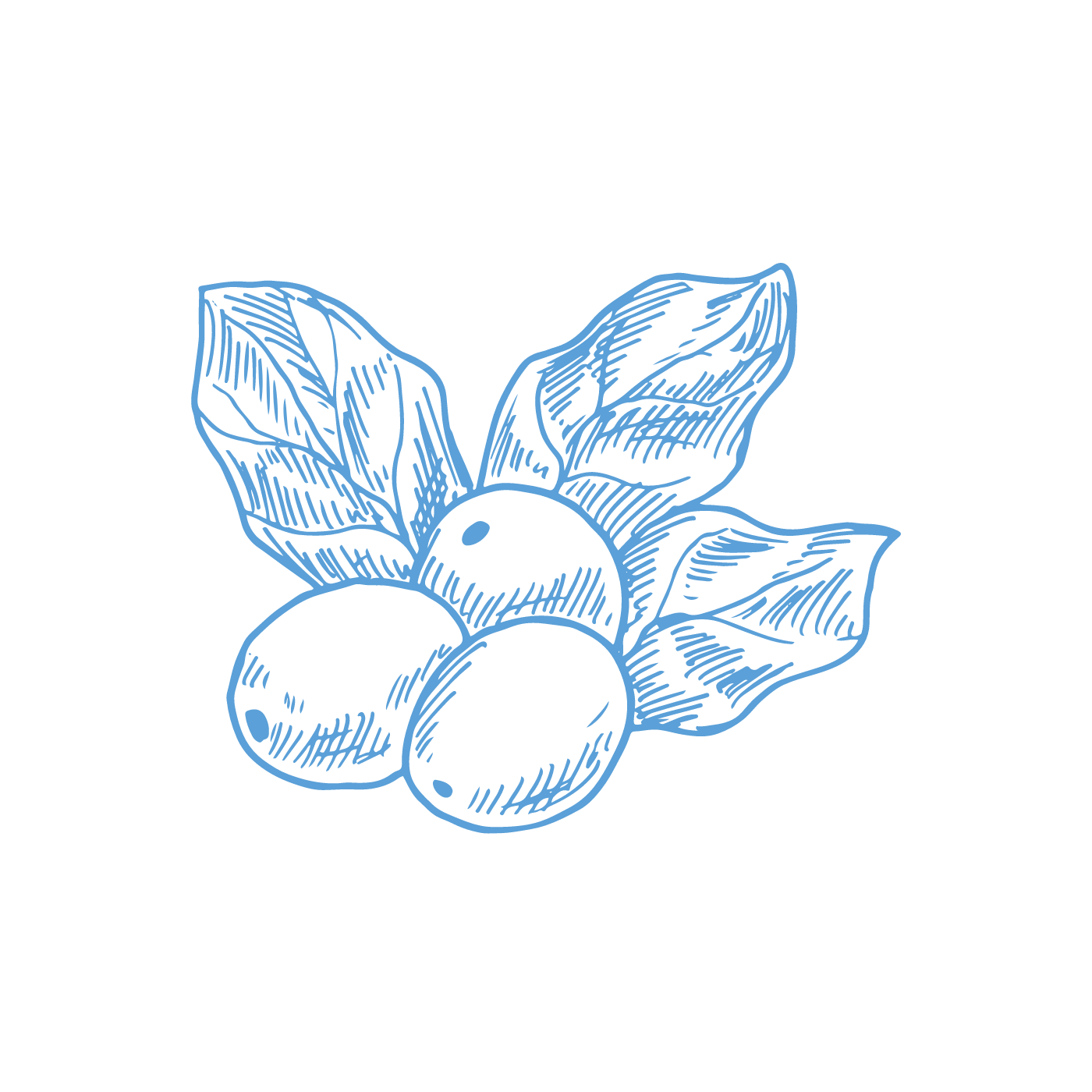
Cascara's Processing and Potential
Cascara has only recently been legalized in Europe. The legislation in the EU is such that 'new' foods must first be thoroughly tested and approved before they can be sold. And that approval has only recently happened.
Fortunately, both coffee farmers and coffee connoisseurs are beginning to open their eyes to all the possibilities that arise if you include cascara as a valuable product rather than a waste product. For many years, cascara's purpose has been everything from animal feed and fertiliser, and if it is not disposed of in a proper way, it has a negative effect on ecosystems, especially fresh water, where the residual products from coffee production are often drained.
In recent years, there have been experiments with fermentations of the coffee cherry, very similar to the way grapes are fermented in wine production. This type of fermentation has resulted in rich aromatic, fruity and sweet flavour notes as part of the processing of the coffee bean and indeed the rest of the coffee cherry, which adds both flavour and shelf-life value.
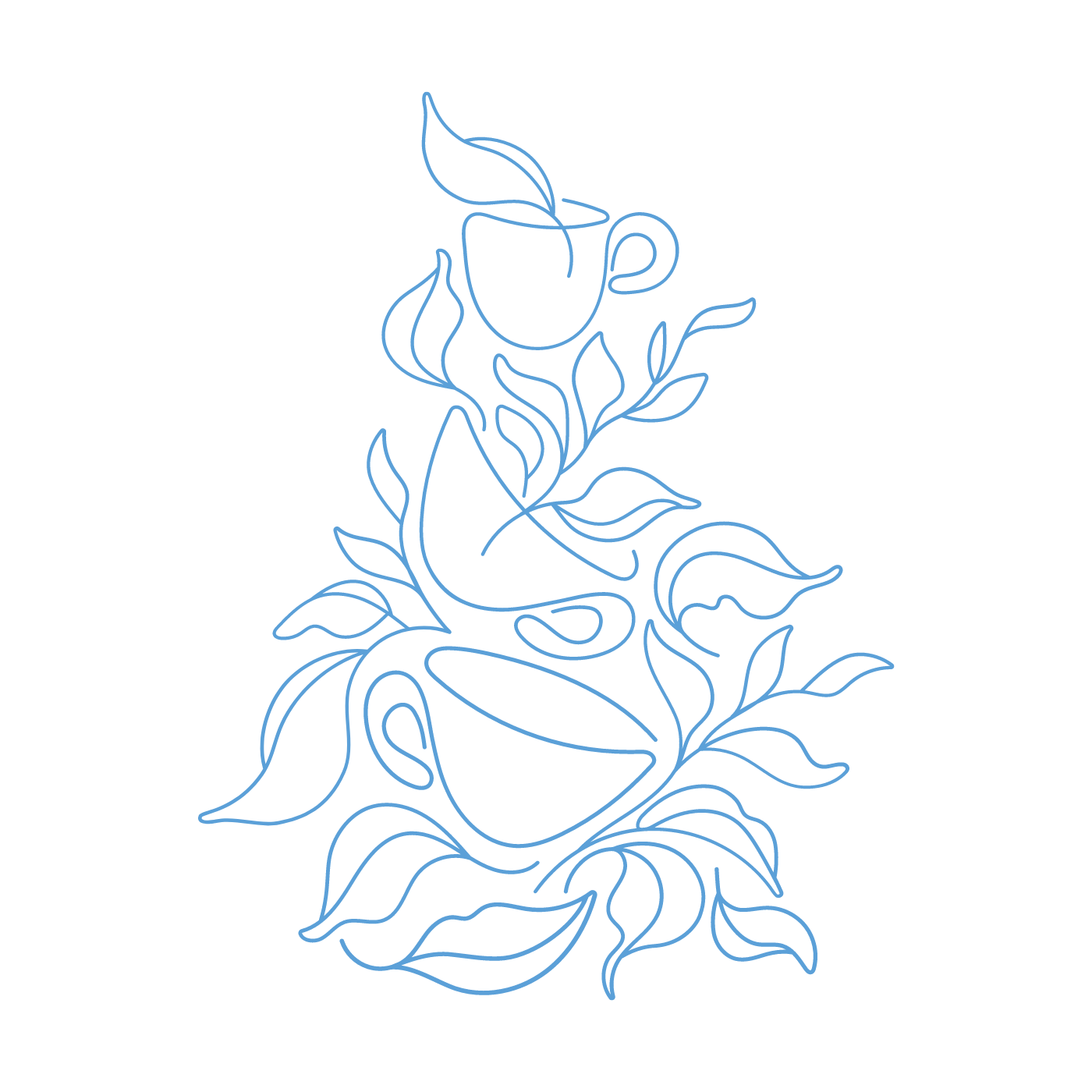
The Sky Is the Limit
Cascara is not just tea.
It can be used as a valuable ingredient in many contexts, from refreshing teas and soft drinks to baked goods and cooking, syrups, coffee grounds, purees and in protein bars.
Only time will tell which compositions the cascara can be included in. But one thing is certain, it must be incorporated into the value chain as a food resource. Cascara's potential can help expand our perspective on what coffee can do, and we look forward to following this development.
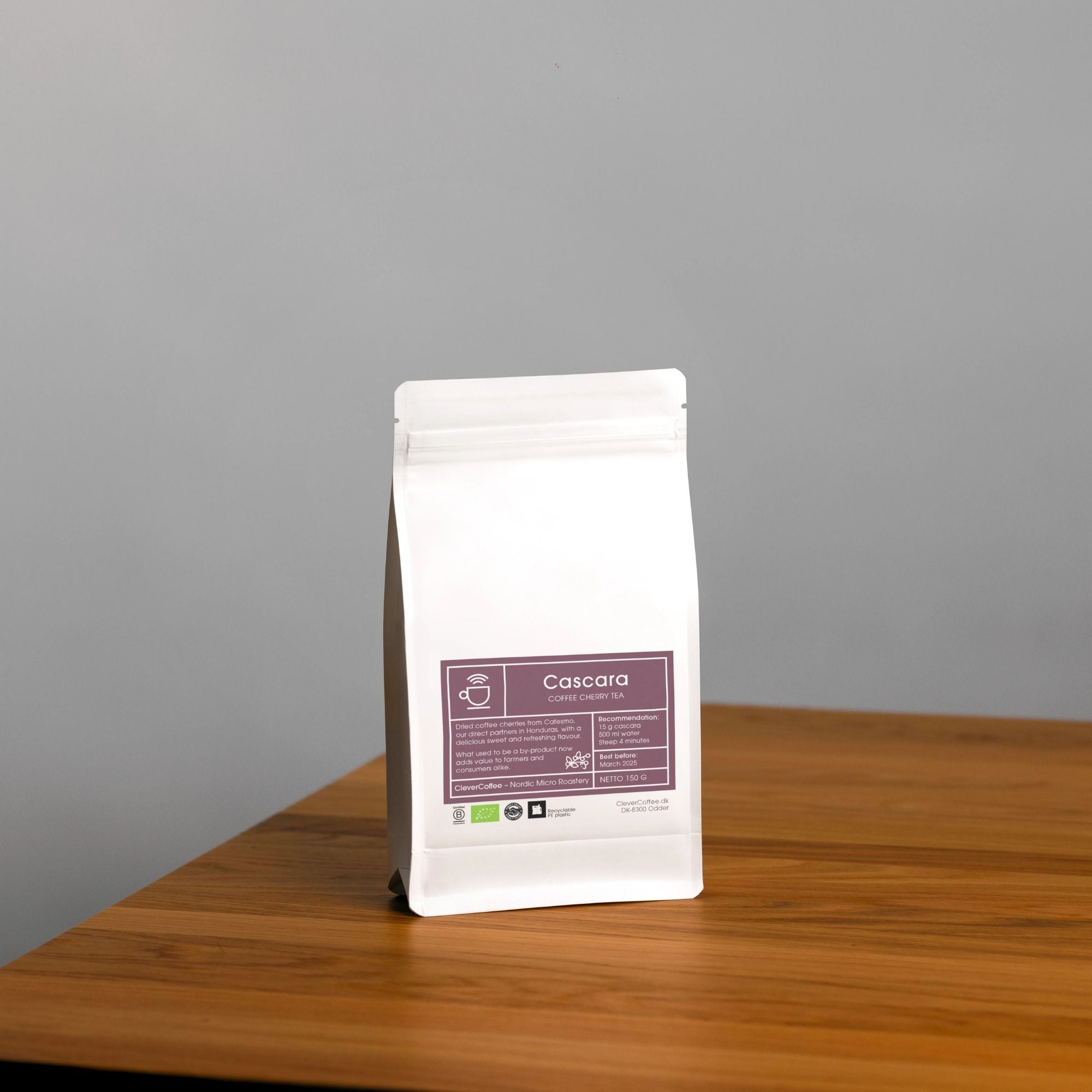
CleverCoffee
Cascara - Honduras
Sources
Cadwalader, Zac. Coffee cherry linked with increased alertness in new study. 2021. Sprudge. Link.
DePaula, J.; Cunha, SC; Cruz, A.; Sales, AL; Revi, I.; Fernandes, J.; Ferreira, IMPLVO; Miguel, MAL; Farah, A. Volatile Fingerprinting and Sensory Profiles of Coffee Cascara Teas Produced in Latin American Countries. Foods 2022,11,3144. Link.
Hunt, Robyn. "That's a coffee cherry, not a cranberry". Coffee geek. 2023. Link.
Lachenmeier, DW; Schwarz, S.; Rieke-Zapp, J.; Cantergiani, E.; Rawel, H.; Martín Cabrejas, MA; Martuscelli, M.; Gottstein, V.; Angeloni, S. Coffee By-Products as Sustainable Novel Foods: Report of the 2nd International Electronic Conference on Foods—“Future Foods and Food Technologies for a Sustainable World”. Foods 2022, 11, 3. Link.
Langenbahn, Dr. Hans Jürgen. After legalization: what is the future of cascara in the EU? Interview with Joel Jelderks. 2022. The Zero Waste Project. Link .
Keiko, Ota. Coffee af a global beverage before 1700. Journal of International Economic Studies. Link .

